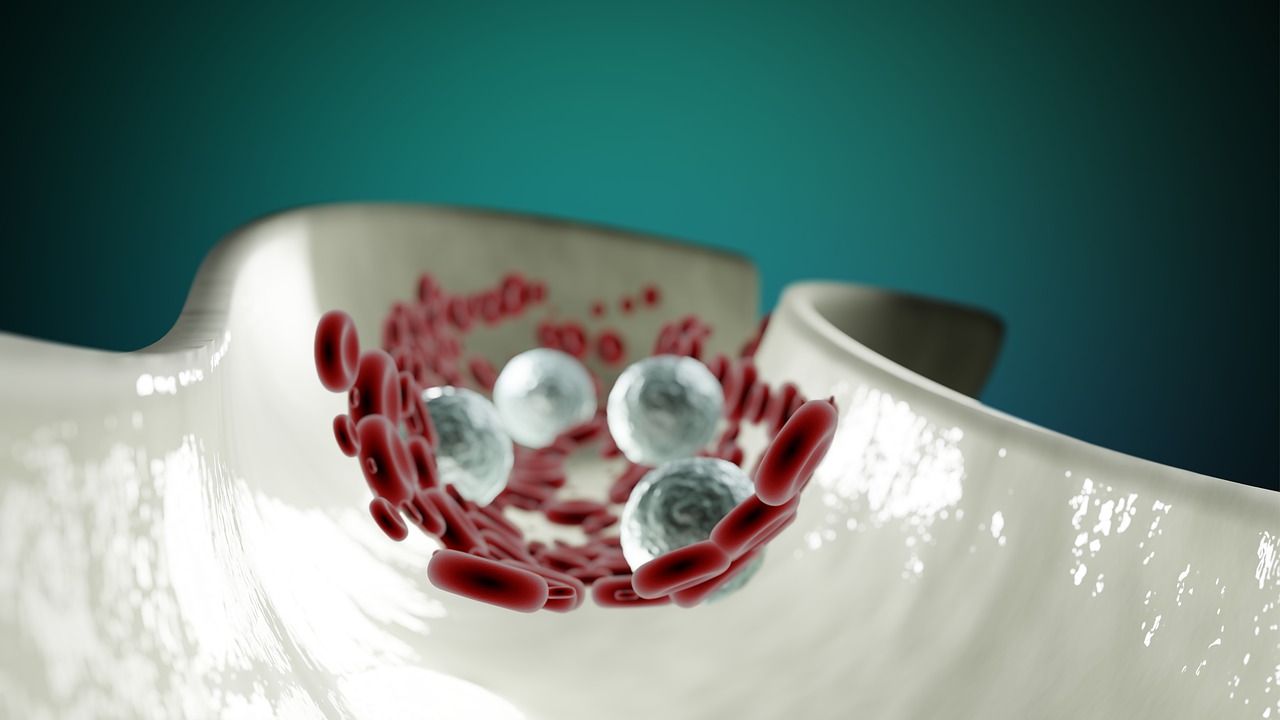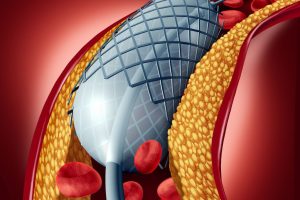
Arteries and the Circulatory System
Heart, blood, arteries, veins
The human body is a complex machine. Nearly 70% of it is made up of water, and every part of our body performs a different function. A vital component within the circulatory system is the cardiovascular system, which consists of the heart and blood vessels.
The flow of blood
The circulatory system consists of two types of blood vessels: arteries and veins. Arteries transport oxygen-rich blood throughout the body, while veins carry oxygen-depleted blood back towards the heart.
The anatomy of arteries
Arteries are the vessels that carry blood away from the heart to the rest of the body. Blood is carried through arteries in a one-way direction by the contracting of smooth muscle tissue. Arteries are controlled by muscles and can expand and contract to accommodate different blood pressures. After blood leaves the heart, it passes through smaller arteries called arterioles into progressively larger arteries until reaching an artery with large openings, called a pulmonary trunk. These large openings allow for greater volumes of blood to flow more quickly.
Artery function and structure
There are three major arteries in the human body: the aorta, the pulmonary artery, and the carotid artery. The aorta is located in the abdomen and sends oxygen-rich blood to all parts of the body from there. The pulmonary artery takes deoxygenated blood from one side of the heart to the lungs so that it can be oxygenated. The carotid artery takes deoxygenated blood to your head and neck.
The structure of an artery is similar to that of a tube with two layers: an outer layer (the tunica adventitia) and an inner layer (the tunica intima). Between these two layers is a substance called elastin, which makes up about half of an artery’s thickness.
The importance of blood pressure
Blood pressure is the force of the blood pushing against the walls of the arteries. It’s an important factor in maintaining health because it helps remove toxins from your body, and it delivers oxygen-rich blood to all parts of your body.
Some things that can cause high blood pressure are obesity, smoking, and lack of physical activity. Some things that can cause low blood pressure are dehydration, being very stressed, or taking certain medications.
One way high blood pressure can be treated is through lifestyle changes such as eating a healthy diet and exercising regularly. Another treatment option is through medication, which many people take for their entire lives.
What about the blood vessels?
Blood vessels are tubes that carry blood throughout your body. Arteries bring oxygenated blood out of the heart and to all the cells in our body, while veins deliver deoxygenated blood back to the heart.
The entire circulatory system is what allows your body to function and every organ in your body relies on it. If you have any questions about how it works, or to talk about potential treatments for any related illnesses, please contact us today.
Tag:arteries, blood, circulatory system, veins



